Three months on, economic damage of lockdown is clear

On Tuesday, three months to the day that lockdown was first announced in the UK, the prime minister announced a return to something like normality.
Boris Johnson confirmed pubs, restaurants, and other hospitality businesses will be allowed to reopen from 4 July. People from two households will also be allowed to meet indoors for the first time since late March. Non-essential shops like clothing stores have been open for almost two weeks.
Even as everyday life begins to feel more normal, Britain’s economy is still counting the cost of three months of near total shutdown.
Britain faces a historic collapse in economic output and a rise in unemployment of a scale not seen in decades. Government borrowing and debt levels have rocketed to levels unheard of in peace time. Consumer spending has dried up and businesses have taken on billions of pounds of debt that many fear is unaffordable.
The seismic damage done by lockdown will likely take years to recover from. The prime minister must now plot a course to revive the ailing UK economy whilst simultaneously figuring out how to sustainably manage the UK’s sky-high national debt — challenges not even on Downing Street’s radar just months ago.
GDP
Gross domestic product — the total output of the UK economy — has collapsed by 25% since February, a scale of decline not seen in modern times. By comparison, the peak to trough fall of GDP during the 2008 financial crisis was around 6%.
The collapse is perhaps unsurprising given factories were idled, shops shut, and restaurants and pubs boarded up in late March. But economists warn re-opening the economy is unlikely to lead to a swift rebound.
“The way back will be much slower than the descent,” Samuel Tombs, the chief UK economist at Pantheon Macroeconomics, said earlier this month.
“Falls in employment and investment, accompanied by a persistent rise in saving by households, likely will ensure that the economy remains a shadow of its former self later this year, even if most restrictions are removed.”
Read more: Economists warn 'way back will be much slower' for UK economy
EY Item Club, a long-running forecasting group that uses the same economic models as the Treasury, said it will take the UK economy until 2023 to recover from the current shock. EY Item Club forecasts UK GDP will fall by 8% across 2020.
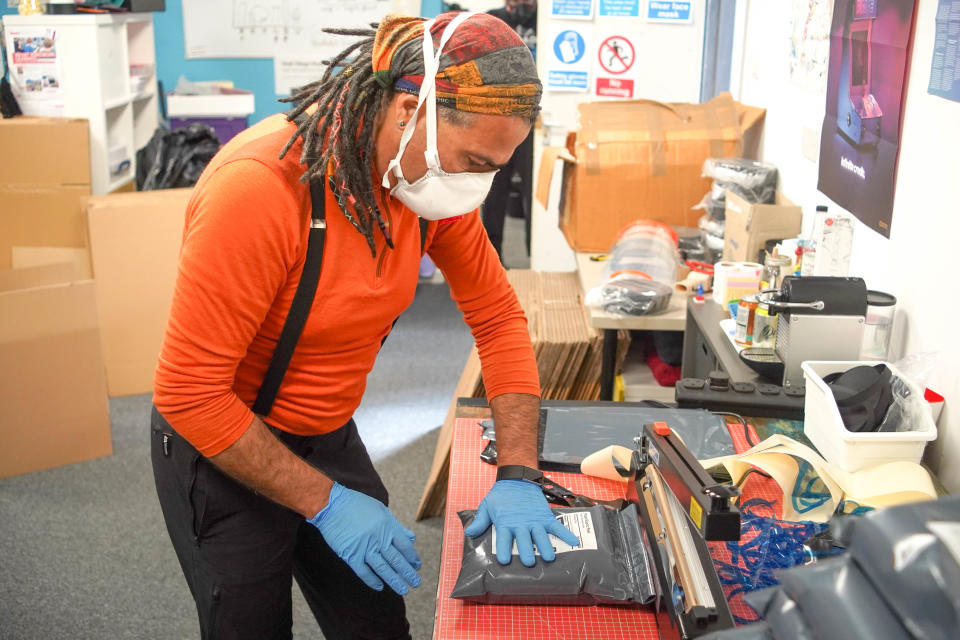
Others are more pessimistic. Deutsche Bank and the OECD both expect an 11.5% fall, putting the UK on course for the worst recession among all developed nations.
“We’re likely to face a severe recession the likes of which we haven’t seen,” chancellor Rishi Sunak warned in May.
Employment
Businesses have cut 600,000 jobs since the pandemic struck, although the official unemployment rate remains near record lows at 3.9%. That compares favourably with the US, where unemployment rose to almost 15%.
The relatively modest rise in redundancies is largely down to the government’s job retention scheme, which allows employers to furlough staff who are not needed. Some 9.2 million people have been furloughed so far — almost a third of the entire workforce.
Many experts fear that the end of the job retention scheme in October will lead to a surge in job losses.
Read more: Ex-chancellor says UK 'needs to prepare now' for mass job losses
Steve Turner, assistant general secretary of union Unite, told MPs last week he feared a “tsunami of job losses” when the scheme ends. Former chancellor Alastair Darling has also said the UK could face unemployment levels not seen since the 1980s.
A looming global recession is likely to lead to lower demand for goods overseas, while domestic businesses worry that consumers will spend less given the continued uncertainty. Some industries, such as travel and tourism, also face continued debilitating restrictions.
“Are people going to back to gyms, concerts, sports events, restaurants, bars and malls? People are going to hunker down,” Danny Blanchflower, a former policymaker at the Bank of England, told Yahoo Finance in April. He said many furloughed staff “may not get their jobs back”.
Chancellor Rishi Sunak has warned a double digit percentage unemployment rate was likely as a result of the crisis.
Corporate debt
The shutdown forced many businesses to take on huge amounts of debt to help pay the bills while revenue dried up.
The government announced a package of state-backed loans worth £330bn at the start of the crisis. Banks have so far lent £40bn to 970,000 firms under these schemes. More has been lent through traditional bank loans.
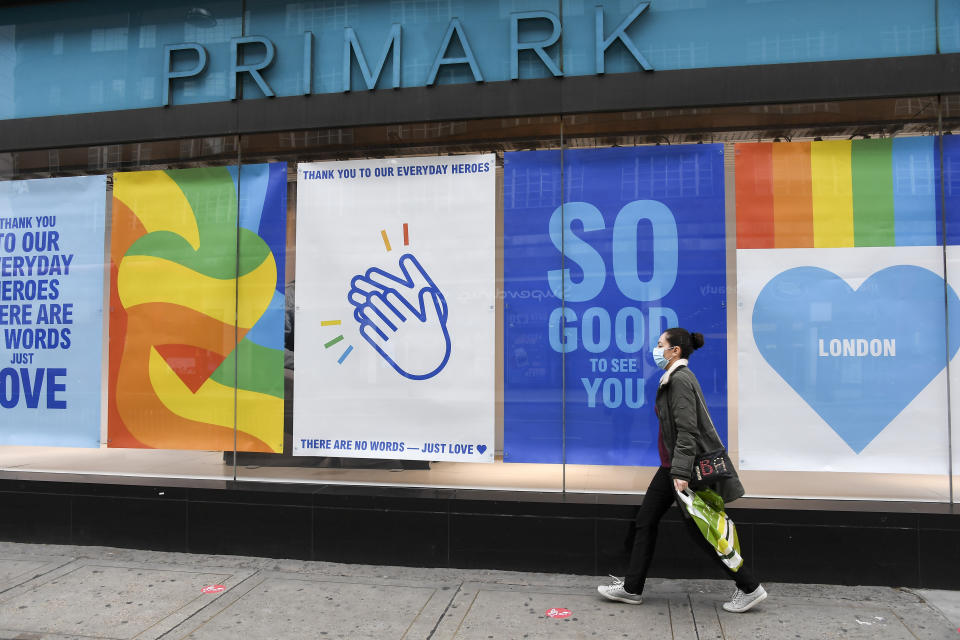
The vast majority of these loans — £28bn-worth — have been lent under the Bounce Back loan programme, which is 100% state-backed and involves minimal checks. A key area not checked is affordability, leading to fears that many businesses will struggle to pay back these loans.
“It’s an inescapable fact that some of the debt that businesses have incurred in the crisis will turn out to be unaffordable,” Charles Randell, chair of the Financial Conduct Authority, said in a recent speech.
Company collapses
The sudden crisis has already pushed many businesses to the brink. High Street names like Laura Ashley, Debenhams, Oasis, and Cath Kidston have all collapsed into administration since the pandemic hit. Shopping centre owner Intu and camping shop Go Outdoor both teeter on the brink of administration.
Major airlines and car manufacturers have all pleaded for state bailouts, warning they could be sent under without support. The creative industries — theatre and the arts in particular — are also facing a potentially devastating cash crunch.
Consumer spending
With all but essential stores shut, retail sales fell over 20% in March and April.
Sales rallied slightly in May but were still around 10% below where they were pre-lockdown, according to Goldman Sachs.
June’s retail sales numbers will be closely watched, given that non-essential retailers like clothes shops were allowed to reopen for the first time on 15 June.

Data from Barclaycard, which processes around 40% of the UK’s card transactions, suggests there was only an 8% rise in transactions in the first week shops re-opened. Consultancy Springboard estimated that visits to the High Street on 15 June were 44% lower than they were this time last year.
“Non-essential shops have a big hill to climb in order to return to anything resembling normality,” George Buckley, chief UK and eurozone economist at Nomura, wrote in a recent note to clients.
Saving and borrowing
Part of the reason Brits are not rushing back to the tills is because people have been putting far more into savings and cutting down on borrowing.
Households saved £16.2bn in April, according to Bank of England figures, more than triple the usual £5bn a month that was saved over the previous six months
Read more: Brits paid off record £7.4bn of debt in April during lockdown
Consumers are also cutting down on debt. Brits paid off a record £7.4bn ($9.3bn) in April. Households paid off £5bn in credit card debt alone in April, more than double the record £2.4bn paid off in March.
Inflation
Declining consumer spending and dim expectations of a rebound have contributed to a slowdown in price growth.
Inflation dropped to 0.5% in May, its lowest level since the Brexit referendum and far below the Bank of England’s target of 2%.
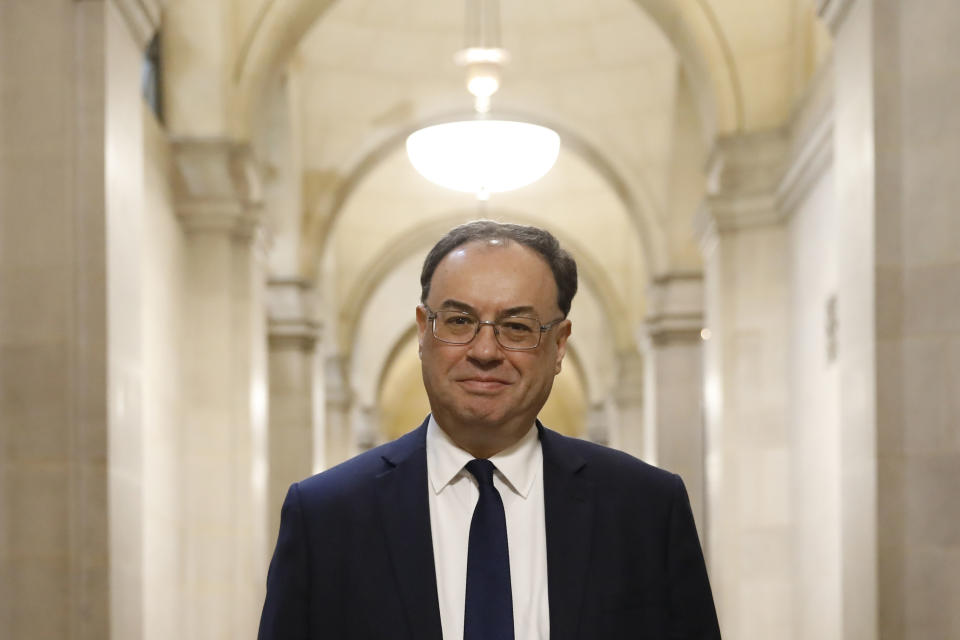
A big contributor was a collapse in oil prices, which was driven by plummeting demand. That fed into lower petrol prices at the pump.
“The outlook for the economy and inflation is unusually uncertain,” Bank of England governor Andrew Bailey wrote in a recent letter to the chancellor. “It will depend critically on the evolution of the pandemic, measures taken to protect public health, and how governments, households and businesses respond to these factors.”
Government borrowing and debt
The government has announced a number of costly measures to try and limit the economic fallout from the pandemic, including the job retention scheme, grants for businesses, and cash for startups.
The Office for Budget Responsibility expects the government to spend over £130bn tackling the pandemic this year, which should contribute to a budget deficit of around £300bn.
The government has already borrowed over £100bn during the current crisis, pushing national debt above 100% of GDP for the first time since the 1960s.
The borrowing spree has pushed the UK government’s financial firepower to its limit. Bank of England governor Andrew Bailey told Sky News this week that the central bank was forced to step in and help the government raise money in March, as “the government would have struggled to fund itself in the short run”. The Bank of England pumped £200bn into the government coffers, saving it from effective bankruptcy.
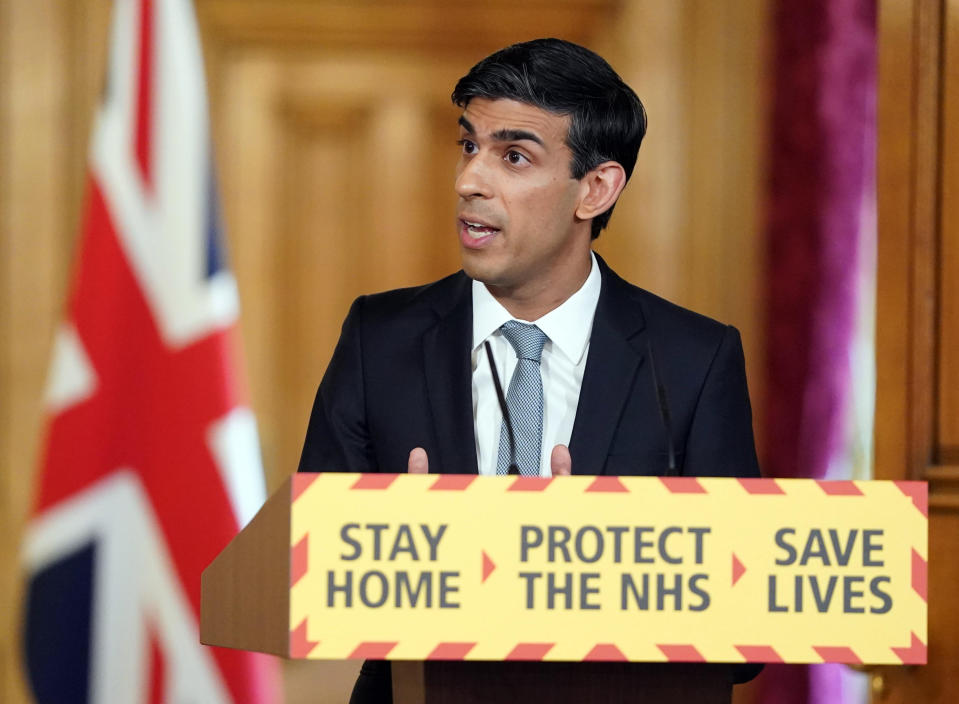
Bank of America this week raised concerns about Britain’s budget deficit and rising interest payment burden, suggesting it could have knock on effects for the pound.
“We believe GBP is in the process of evolving into a currency that resembles the underlying reality of the British economy: small and shrinking with a growing dual deficit problem similar to more liquid [emerging market] currencies,” analysts wrote.
If the pound falls further against other major currencies in future, it could become more costly for the government to raise money from international investors.
Central bank spending
The £200bn in gilt purchases by the Bank of England have contributed to a vast expansion of the Bank of England’s balance sheet since the crisis began.
Threadneedle Street has increased its quantitative easing programme by £300bn since March, taking its total spending on bonds to £745bn. The Bank of England’s balance sheet has risen from 25% of UK GDP at the end of 2019 to 35% and is forecast to reach 50% by the end of 2020, according to Bank of America.
Governor Andrew Bailey signalled this week he will look to unwind quantitative easing before raising interest rates, without giving a timeframe.
Samuel Tombs at Pantheon Macro economics said this “suggests that the BoE is trying to distance itself from accusations that it is directly financing the government”.
Interest rates
The Bank of England has twice cut interest rates since the pandemic struck, reducing the headline rate from 0.75% to 0.1%. The cuts came within a week of each other, underlining the speed at which the crisis struck.
Rock bottom interest rates are meant to encourage consumers and businesses to borrow cash and spend their way out of the recession. However, low rates are bad news for savers.
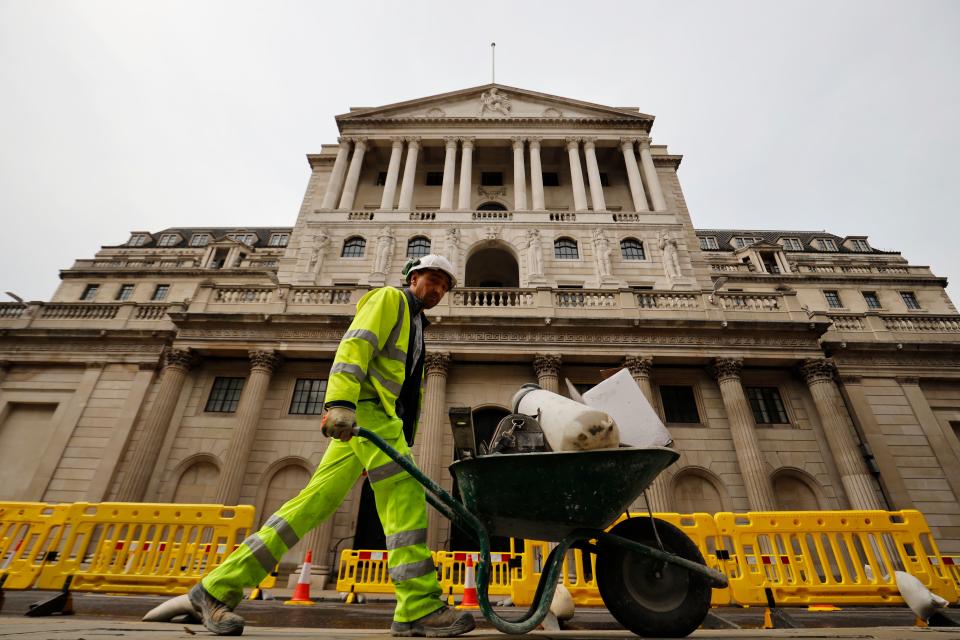
Recent comments by various Bank of England policymakers fuelled speculation that the central bank could push the UK into negative interest rates for the first time in history. However, the Monetary Policy Committee kept rates on hold at last week’s meeting and minutes show the possibility of negative rates was not discussed by committee members.
What next?
Chancellor Rishi Sunak is widely expected to launch a stimulus budget in July, aimed at kickstarting the economy now that lockdown has been eased. Reports suggest the chancellor is considering cutting VAT in a bid to get people spending again.
Businesses are also awaiting details of ‘Project Birch’ — a Treasury initiative that would see the taxpayer take strategic stakes in big, struggling businesses such as airlines and manufacturers.
However, no sooner than the ink dries on these measures will attention shift to potential tax rises in the autumn. The Financial Times reported this week that the chancellor is drawing up plans to raise taxes and cut spending in a bid to tame the runaway national debt.
Mel Stride, the chair of the Treasury Select Committee, has suggested the government may need to abandon its pensions “triple lock” to help control debt levels. The government has denied this is being considered.
The end of lockdown will also start to give a clear idea of the “scarring” to the UK economy — the degree of permanent damage, in the form of job losses and insolvencies, that will limit any bounce back and hobble long-term growth prospects.
Bank of America said on Wednesday that a short-term economic bounce was likely in the second half of 2020, given the sheer scale of collapse seen in the first half of the year. However, the bank warned that stimulating growth beyond that will be much harder.
“In our view the next stage of recovery will be much slower,” economist Robert Wood wrote in a note to clients. “Getting half-way back to normal is the economically 'easy' bit. Going beyond that will be harder.”

